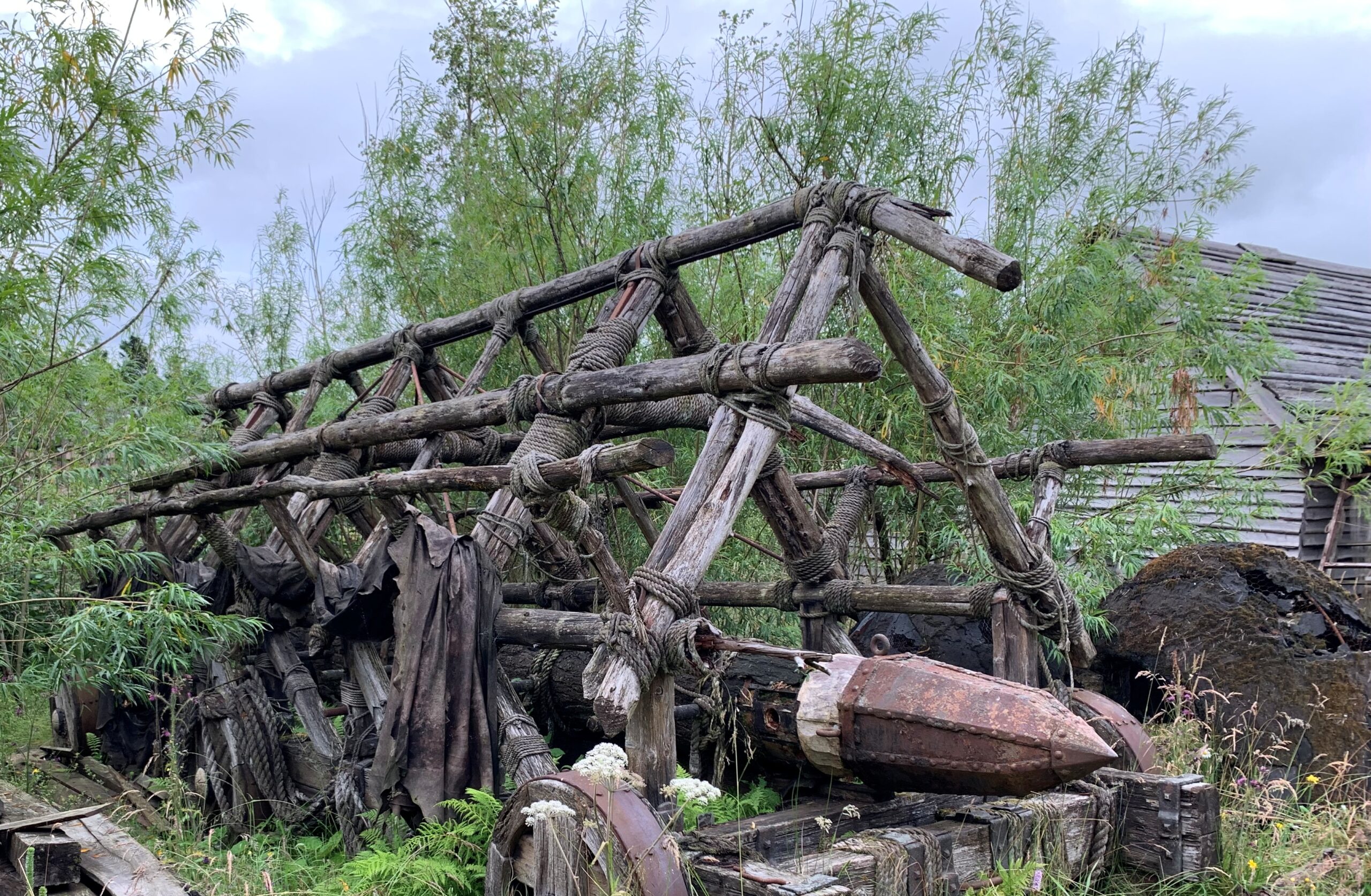This week emigration from western Scotland, considered the highlands, was examined in the course. This is such a complex topic for a week’s study when entire courses are taught on the highland clearances and the famine in Scotland. This week’s study led me to look at the Leslie population on the western coast.
But first, let us consider the famine in Scotland. The potato blight also had a devastating impact on the Scots who lived on small plots of land and were forced to eke out a living by raising a cow and plant a garden plot. The potato is a perfect vegetable to grow in this area. The plant grows in shallow soil covered by dry grass, it likes cool weather and lots of moisture. The potato provides all the nutrition a body requires, and it stores well. In Ireland and the west of Scotland, the potato was the go-to crop for subsistence. At the same time that Ireland was experiencing a potato crop failure in 1845-49, there was a famine in Scotland. The difference between the two famine experiences was Scotland’s famine had less impact on the population.
Now in the early 1800s when the potato crop was providing sufficient food for the families of western Scotland, family size grew. Over generations starting in the late 1700s, populations on the highlands exploded and overpopulation became an issue. The highlander tenants lived on expansive estates with some nearly 200 square miles. The estate landowners were unable to produce sufficient revenue, and the landlords were facing financial disaster. Also at the same time, the need for kelp, which was also a thriving enterprise for highlanders living near the coast, bottomed out when the price went from 20 down to 5 pounds per ton.
The estate owners of the highlands were faced with hard financial and social decisions. The answer was simple: raise sheep on your land. The sheep produced wool and food, grazed on the untillable land, and required very few herders to manage the flock. At first many of the estate owners helped support the tenants by providing work, alternative employment, and by voluntary emigration to Canada or Australia. Later in the late 1840s, the tenants were forced from their land and had to emigrate or migrate south. This forced emigration is known as the clearances.
One of the more notorious clearances occurred on the Sutherland estate. I wondered if there were any Leslies living there. According to the Family Search database, from 1748 to 1867 there were 56 Leslie marriages listed. There were also 143 births reported in the database. I had no idea that there were that many Leslies living in Sutherland, Scotland during that time. I then researched depositions of people who were evicted and found none for any Leslies. In a five-year period, 1853-1857, 29 ships with highlanders were sent to Australia with emigrants. The listing of passengers did NOT include any Leslies. This tells me that the Leslies were not the financially destitute who were sent on these ships. If the Leslies emigrated, they went as paying passengers.
In closing, what a wonderful opportunity to do research and learn about these Leslies of western Scotland. Researchers are needed to answer these questions: Who were their ancestors? What led them to go west out of the Aberdeenshire and Fife areas? Where did they go? And most importantly, what are their stories?


2 responses to “Week 4: Emigration from the Highlands”
Great
If you would like to learn more about the Emigration of the Highlanders, I suggest locating a digital copy of this book:
Scottish Highlanders in Colonial Georgia: The Recruitment, Emigration, and Settlement at Darien, 1735-1748 by Anthony W. Parker. Published in 1997by the University of Georgia Press.